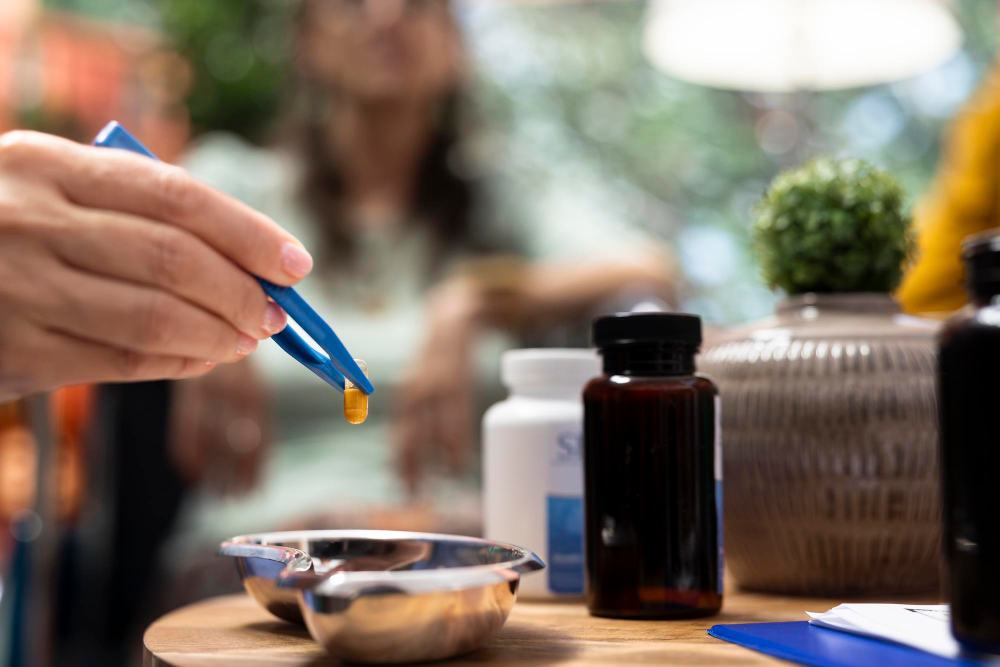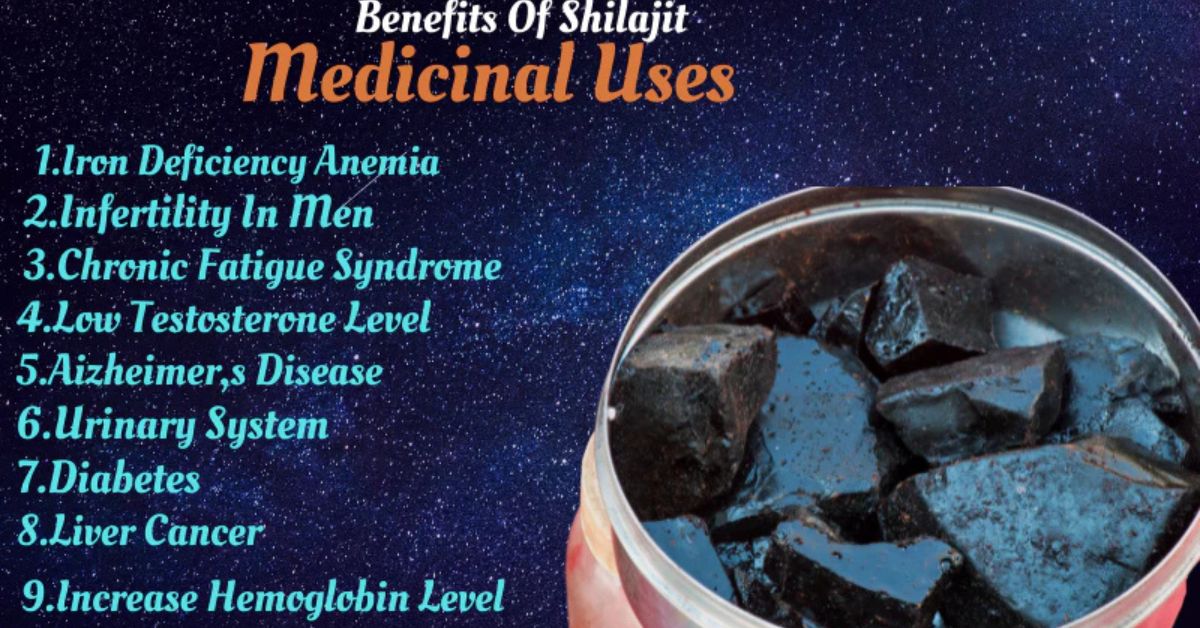Shilajit, usually called ‘the destroyer of weakness,’ is a practical, tar-like material that people primarily find in the Himalayan hillsides. Healers have utilized this trusted compound for centuries in essential medicines and appreciate its recuperative properties. The historical use of Shilajit highlights its lasting role in health practices, and today, it remains a critical part of various natural remedies. However, how did this ancient material become so thoroughly valued? Let’s explore its remarkable history and traditional uses across numerous cultures.
What is Shilajit?
“Shilajit is a natural product that forms from the slow decomposition of plants over centuries. Found in the mountains of India, Nepal, and Tibet, it boasts a high concentration of minerals, fulvic acid, and humic substances, making it a powerhouse of Shilajit benefits for wellness.”
Historical Use of Shilajit
Shilajit has been used for centuries in traditional medicine systems like Ayurveda and Tibetan drugs. Prized for its healing properties, people have used it to increase strength, improve mental functions, and promote overall health and well-being. Its continued use today emphasizes its enduring importance in natural health and wellness practices.
Social Significance of Shilajit in Ayurveda
Ayurveda, the ancient Indian system of medicine, considers Shilajit one of the most important natural remedies. In Ayurveda, practitioners refer to Shilajit as a “Rasayana,” meaning a rejuvenator. They believe it balances all three doshas (Vata, Pitta, and Kapha), promoting overall health, well-being, and longevity.
Shilajit in Classical Ayurvedic Texts
Classical Ayurvedic texts, such as the Charaka Samhita and Sushruta Samhita, provide detailed descriptions of Shilajit. These texts suggest that it improves vitality, enhances the body’s capacity to recover, and boosts cognitive function. The ancient writings also highlight its use in treating various conditions, ranging from digestive issues to respiratory problems.
Shilajit in Traditional Tibetan Medicine
Tibetan medication, closely related to Ayurveda, is also worth Shilajit for its corrective buildings. “brag zhun” in Tibetan is typically used to improve physical and mental endurance. Monks and yogis have utilized it for centuries to enhance representation strategies and spiritual health.
Shilajit in Unani Medicine
In the Unani medicine system, which has its roots in ancient Greece and was later embraced by the Arab world, practitioners refer to Shilajit as “mumiya.” They praise it for its anti-aging properties and believe it helps enhance the body’s natural defenses. Unani specialists use it to treat joint pain, arthritis, and other chronic issues.
Shilajit Role in Persian and Arabic Traditions
Shilajit found its method right into the medicinal approaches of Persian and Arabic societies. Ancient Persian medical professionals referred to Shilajit as a remedy for problems like diabetic issues, high blood pressure, and sex-related health and health concerns. Its stimulating outcomes were prominent and taken advantage of by various specialists in the Middle East.

The Medicinal Uses of Shilajit Throughout History
Boosting Energy and Stamina
Among the main elements Shilajit utilized in standard drugs is its ability to enhance energy levels. It was an essential supplement for those living in high-altitude locations, where low oxygen degrees and tiredness dominated. Shilajit’s rejuvenating properties helped people maintain their endurance and vigour.
A Natural Aphrodisiac
In numerous standard cultures, Shilajit was considered an effective aphrodisiac. Its ability to enhance sexual health and fertility is well-documented in Ayurveda and Unani methods. Shilajit was typically recommended to those experiencing sex-related disorders and the failure to develop.
Cognitive Enhancer
Shilajit’s reputation as a mind tonic has stood the test of time. Typical therapists recommend it to enhance memory, emphasis, and cognitive features. The fulvic acid in Shilajit is thought to protect mind cells and increase mind features, making it a beneficial solution for age-related cognitive reduction.
Recovering Wounds and Bone Health
Shilajit has long been taken advantage of in conventional medication to speed up the recovery of injuries and fractures. Its rich mineral web content helps improve bones, lessen swelling, and promote quicker recovery.
Shilajit in Modern Medicine
While researchers are beginning to recognize Shilajit’s historical significance, contemporary medicine is catching up. Today, scientists are investigating its potential to treat conditions like Alzheimer’s and chronic fatigue syndrome. They are exploring a program featuring a high-antioxidant product that can help combat free radicals and reduce inflammation, making it an encouraging natural solution.
Specifically, How Shilajit is Used Today
Today, Shilajit is conveniently available in various kinds, including powders, capsules, and materials. It is generally a nutritional supplement because it can increase power, resistance, and overall health. While the historical Use of Shilajit highlights its long-lasting online track record as a reliable solution, it is essential to consult a healthcare professional before including it right into your regimen, as its effectiveness can vary.
Conclusion
The historical use of Shilajit in traditional medicine showcases its practical healing in residential or business homes and its wide-reaching results throughout various cultures. From its beginnings in the Himalayan mountains to its contemporary applications in modern medicine, Shilajit has remained a revered natural solution. Whether for increasing power, improving mind features, or promoting a long life, this old product is essential in wellness and health and wellness techniques worldwide.

